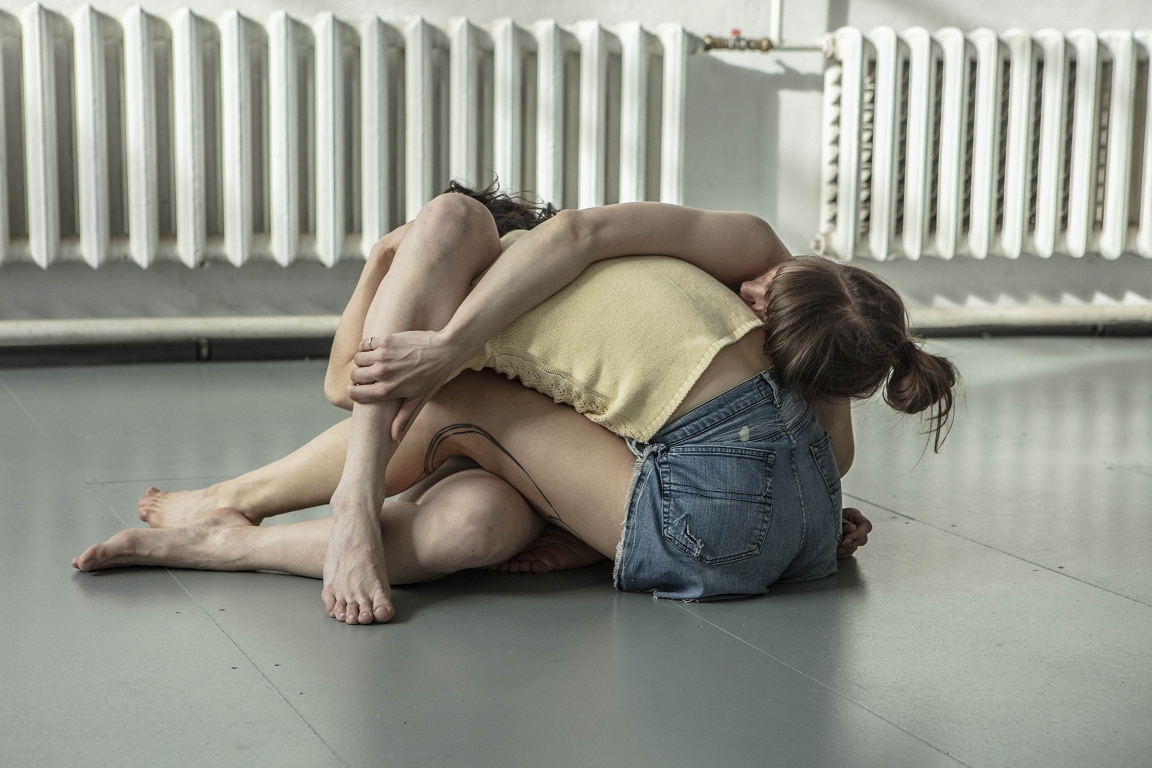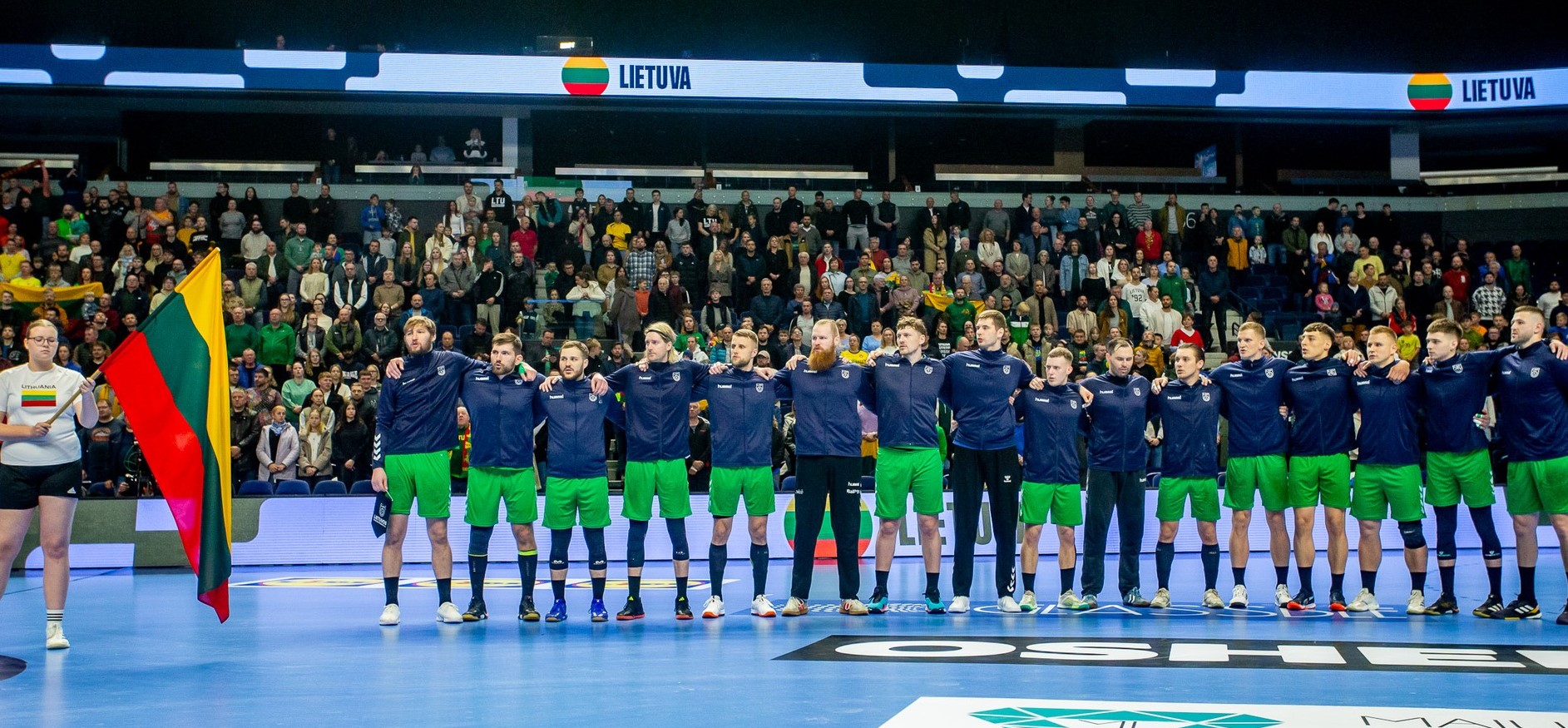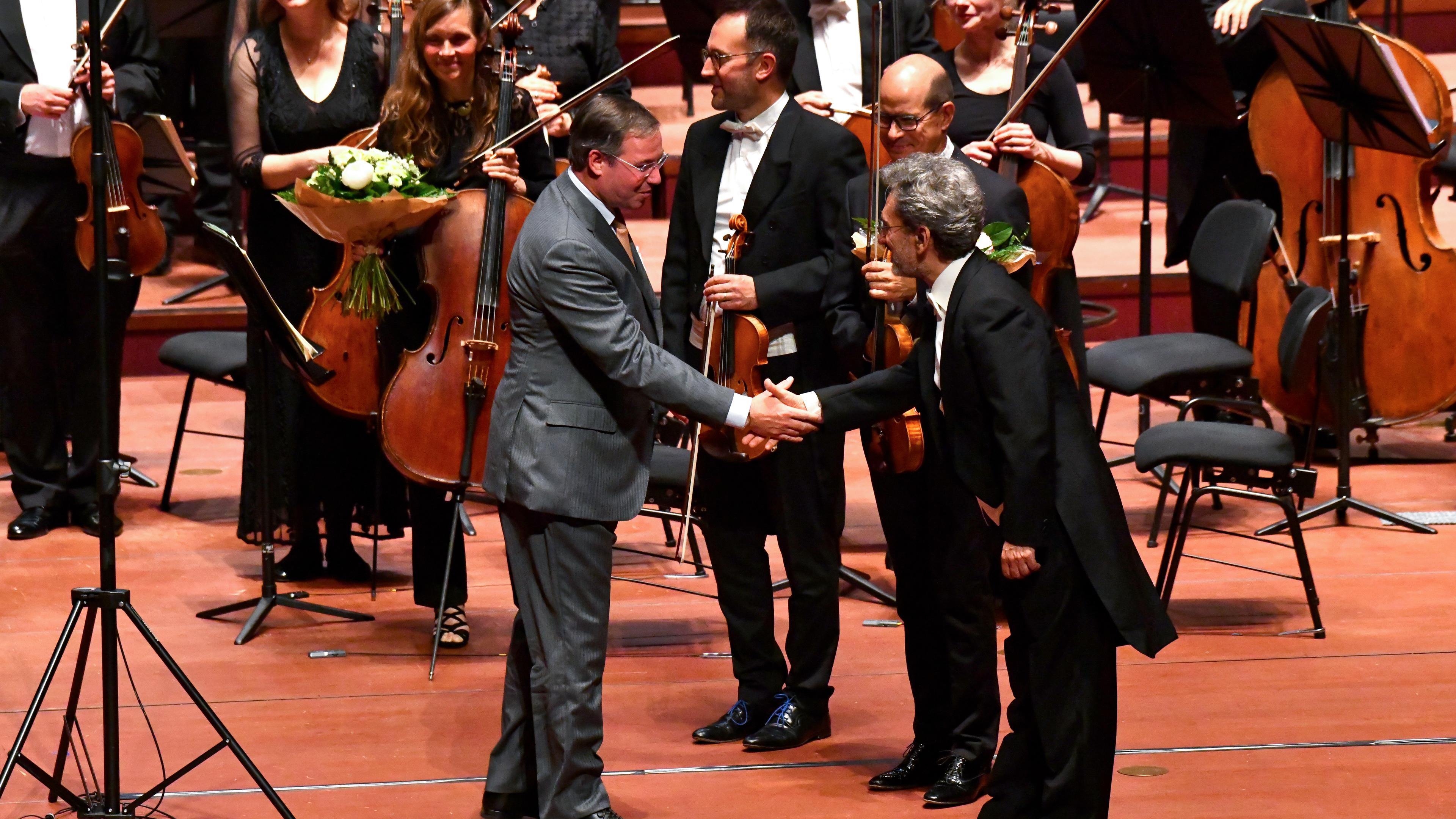Water managers don’t want to scare anyone, but again such a dry summer as in 2018? ‘Then I hope that we still have water available at all’
:format(webp)/s3/static.nrc.nl/images/gn4/stripped/data130633563-64a59e.jpg)
If it doesn’t rain for another month, the first really unpleasant effects of drought apply in the west of the country: insufficient freshwater for tree growers and bulb growers, cracks in Veendijken. In order to supplement the shortage of freshwater, an ingenious system then comes into effect: the climate -proof water supply.
In the past ten years, measures were taken in ten places in the area between Utrecht and Gouda that double the supply from water to the Western Netherlands, from seven to fifteen cubic meters of water per second. « That is roughly from one to two swimming pools per minute, » say the water managers of the two water boards involved, those of Rijnland and the Stichtse Rijnlanden. The works were completed this week.
You can make the waterways twice as wide, but in the long run the shore turns the ship. We will have to move along
For more than thirty years, the water boards have come to the rescue of the west in heavy drought, with water that they drain from the Amsterdam-Rhine Canal and the Lek. Through channels and rivers they let it flow to thirsty areas, especially in South Holland, where the water refers to the sake of seawater. The water system was constructed and deployed in 1993, 2003, 2011, 2018 and 2022 after the super dry year 1976.
That will probably happen again this year. With more water. For the doubling of capacity, the Hollandsche IJssel, among other things, was widened and deepened over twenty kilometers – between Nieuwegein and Oudewater – and over eight kilometers in the Lopikerwaard. Bridges and locks were also renovated or replaced.
Read also
It is dry early: water managers are already taking measures
Fright
According to water managers, the expansion of climate -proof water supply is a strong example of engineering work, the umpteenth proof of water management ingenuity. It would also show a well -organized and cooperating water world.
At the same time, the same managers say, the boundaries of technology are also coming into view. The Netherlands must prepare for painful measures. Delta commissioner Co Verdaas: « A fantastic result has been achieved here. But there is a reality that we also work towards. And I don’t want to scare people, but if this spring follows a dry summer like that of 2018, then I hope that we will have to do water at all.
Ten projects for extra freshwater in the Stichtse Rijnlanden
This year the Netherlands is experiencing a precipitation deficit that threatens to break the record from 1976. Verdaas: « That is starting to become a realistic perspective. And the difference is that we now have five million more water users. »
The design of the Netherlands changes due to the drought. As in the West in some time that will come to an end for bulb cultivation. Dijkgraaf Rogier of the Sande of Rijnland Water Board: « With this project we have again booked a victory over nature, but all scenarios show that we are running into our borders. Studies show that in twenty to forty years in this part of the Netherlands no bulb cultivation will be possible anymore. They will inevitably change that.
Uncomfortable
The Netherlands cannot meet the demand for freshwater in the coming decades. Adjusting is therefore required. Jeroen Haan, Dijkgraaf of Water Board De Stichtse Rijnlanden and chairman of the Union of Water Boards: « The uncomfortable truth is that we now solve the problems with technology, but that this will be complicated in the future. »
Distributing water requires « painful choices, » says Haan, for example where homes can be built, where there is room for water. « Sometimes you can combine functions. But not everything can be solved smartly. You can make the waterways twice as wide, but at some point the shore turns the ship. We will have to move. »
The record of the precipitation deficit from 1976 is starting to become a realistic perspective
Make spatial choices, so. Like in the Bollenstreek. Haan: « We have to help the bulb farmers. With switching to other business operations. Moving with their company. Or by buying them out. It’s nice building land. And we still have something to build in the Netherlands. »
Delta commissioner Verdaas also calls for an adaptation to water shortages, « by distributing water smartly, reducing the question and partially accept salinisation ». He is « not pessimistic » about the chance that the Netherlands will get through. « I have already seen wonderful examples of entrepreneurs who, for example on Schouwen-Duiveland or in the Achterhoek, adapt to drying out. »
Boom growers
Solidarity is indispensable for that adjustment. A good example is the broadening and deepening of waterways in the Lopikerwaard. Initially, dairy farmers felt little for selling a strip of their pasture for wider waterways.
Peter Hesen from the Stichtse Rijnlanden, who led the project eight out of ten years: “We then invited Tree growers from Boskoop to explain to the cattle farmers why their locks were widened. Because it cost the cattle farmers a piece of pasture – and less pasture meant less cows. Farmer’s family. ”
Read also
It is very dry. This hydrologist tips: Use ditch water for your garden and spray in the evening

:format(webp)/s3/static.nrc.nl/images/gn4/stripped/data132223936-472d65.jpg)
/s3/static.nrc.nl/images/gn4/stripped/data130567882-4bec29.jpg)
/s3/static.nrc.nl/images/gn4/stripped/data131494761-6b5bfa.jpg)
:format(jpeg):fill(f8f8f8,true)/s3/static.nrc.nl/wp-content/uploads/2019/10/youp5bij3.png)



